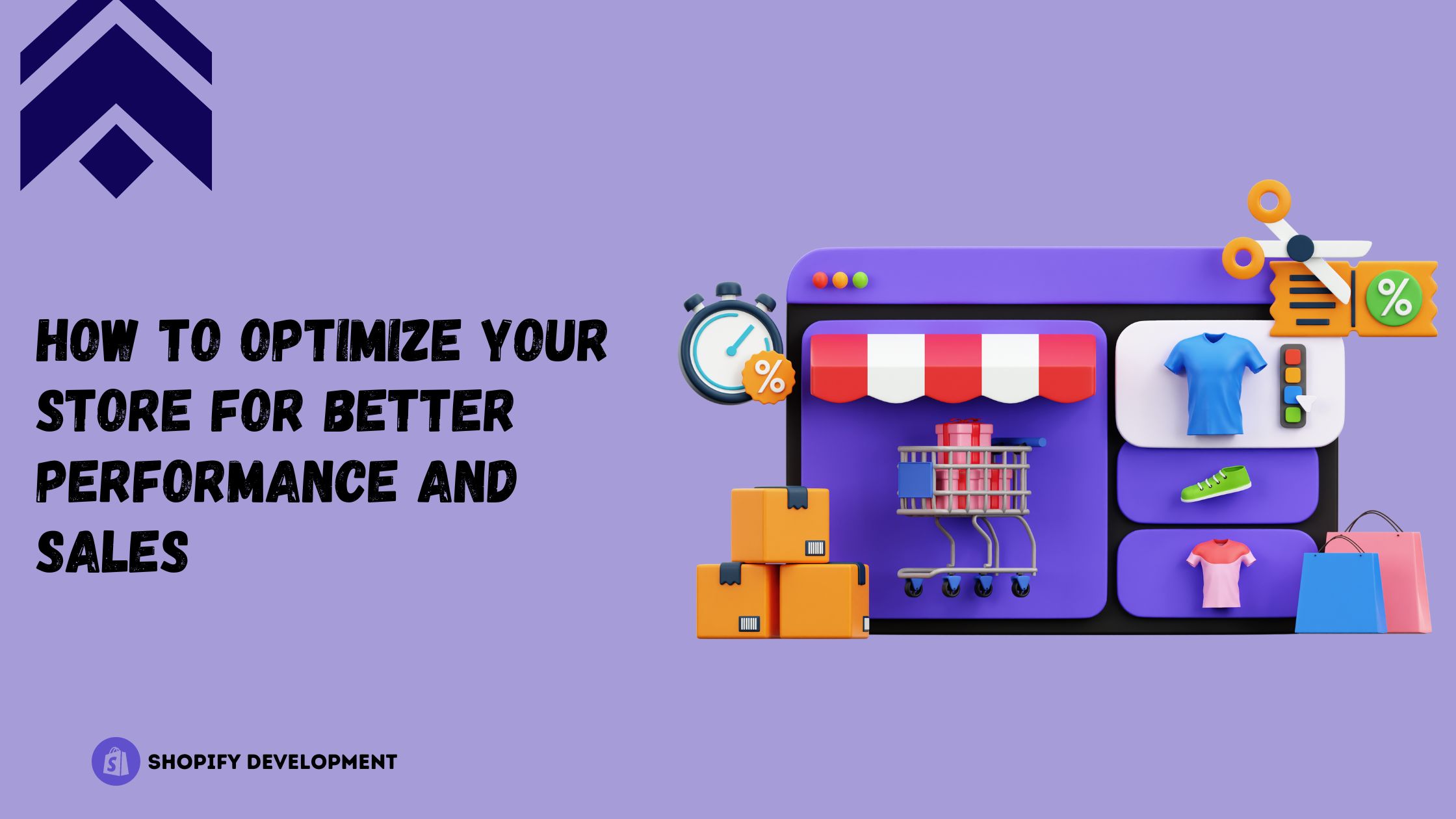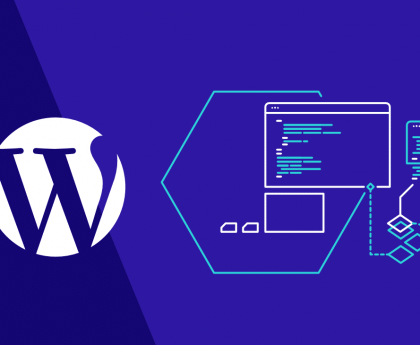As an e-commerce entrepreneur, you want your Shopify store to run as smoothly and efficiently as possible. Not only does this provide a better experience for your customers, but it can also help increase your sales and revenue. In this article, we’ll discuss some tips and best practices for optimizing your Shopify store for better performance and sales.
Choose a Fast and Reliable Shopify Theme
Choosing a fast and reliable theme for your Shopify store is crucial for optimizing its performance and increasing sales. A slow-loading theme can lead to higher bounce rates, lower search engine rankings, and a poor user experience. Look for a theme that is optimized for speed and has a high page speed score with shopify development service. You can check your theme’s page speed score by using tools like Google PageSpeed Insights or GTmetrix.
Additionally, make sure the theme is reliable and regularly updated to avoid any potential compatibility issues. A fast and reliable theme will not only improve your store’s performance but also provide a better experience for your customers, ultimately leading to increased sales and revenue.
Optimize Your Images
Large image files can slow down your website’s loading speed, resulting in higher bounce rates and lower sales. To optimize your images, compress them before uploading them to your store using tools like TinyPNG or Compressor.io. Additionally, make sure to use descriptive alt text for your images to improve your store’s accessibility and search engine optimization (SEO).
By optimizing your images, you can improve your store’s performance, provide a better experience for your customers, and ultimately increase your sales and revenue.
Use a Content Delivery Network (CDN)
Using a content delivery network (CDN) can significantly improve your Shopify store’s performance and sales. A CDN distributes your store’s content across multiple servers, reducing loading times for customers by allowing them to access your content from a server that is closer to their location. This faster loading time can lead to lower bounce rates and higher conversion rates.
Shopify offers a built-in CDN called Shopify Edge, which is available for all merchants. By using a CDN, you can provide a better user experience for your customers, which can ultimately lead to increased sales and revenue for your store.
Remove Unnecessary Apps and Code
Having too many unnecessary apps and custom code in your Shopify store can negatively impact its performance and lead to lower sales. It’s important to regularly review and remove any apps or code that are not essential for your store’s functionality. This can help improve your store’s loading speed, reduce the risk of conflicts between apps and code, and make it easier for you to manage your store.
You can use Shopify’s built-in code editor to optimize your store’s code and remove any unnecessary elements. By keeping your store streamlined and optimized, you can provide a better experience for your customers and increase your sales and revenue.
Optimize Your Checkout Process
The checkout process is a critical part of your e-commerce store and can significantly impact your sales. To optimize your checkout process for better performance and sales, make sure to minimize the number of steps required to complete a purchase, offer multiple payment options, and provide clear and concise instructions throughout the process.
Additionally, make sure to use high-quality product images and descriptions, offer free shipping and returns, and use social proof to build trust with your customers. Finally, monitor and analyze your store’s checkout process to identify areas for improvement and make necessary adjustments to improve your store’s performance and increase your sales.
Use High-Quality Product Descriptions
Using high-quality product descriptions is crucial for optimizing your Shopify store’s performance and increasing sales. Detailed and accurate descriptions can help customers understand your products’ features and benefits, leading to more informed purchasing decisions. Additionally, using relevant keywords in your descriptions can improve your store’s search engine optimization, making it easier for customers to find your products online.
To create high-quality product descriptions, make sure to provide detailed information, use persuasive language, and highlight unique features or benefits. You can also use customer reviews and ratings to provide social proof and build trust with your customers.
Offer Free Shipping and Returns
Offering free shipping and returns is a proven strategy for boosting e-commerce sales and improving customer loyalty. When shopping online, customers appreciate the convenience of free shipping and the security of being able to return items hassle-free. By offering these perks, you’re not only incentivizing customers to make a purchase but also building trust and credibility with your brand.
To make free shipping and returns feasible, consider setting a threshold for free shipping or offering it for specific products or promotions. Additionally, make sure to clearly communicate your shipping and return policies to your customers to avoid confusion or dissatisfaction. Overall, offering free shipping and returns can help take your Shopify store’s performance and sales to the next level.
Organize your products into relevant categories and subcategories, and make sure to use clear and concise labels for your navigation menus. Your navigation should be easily accessible from any page on your site, making it simple for customers to find what they’re looking for.
A well-optimized navigation can lead to increased customer satisfaction, higher conversion rates, and ultimately, better performance and sales for your Shopify store.
Use Social Proof to Build Trust
Social proof can be a powerful tool for building trust and credibility with your customers. By displaying customer reviews, ratings, and testimonials on your Shopify store, you can demonstrate the quality of your products and services to potential customers. Additionally, social proof can help increase your store’s conversion rates and boost sales.
Make sure to actively encourage your customers to leave reviews and ratings on your site and consider featuring them prominently on your product pages. You can also use social media to share customer reviews and testimonials and further establish your store’s credibility. Remember, building trust with your customers is a key factor for improving your store’s performance and increasing your sales.
Monitor and Analyze Your Store’s Performance
Monitoring and analyzing your Shopify store’s performance is crucial for identifying areas for improvement and maximizing sales. Use tools like Google Analytics and Shopify’s built-in analytics to track your store’s traffic, conversion rates, and customer behavior. This data can help you make informed decisions about your store’s design, product offerings, and marketing strategies.
Additionally, make sure to regularly check your store’s loading speed and uptime using tools like Pingdom or UptimeRobot. By regularly monitoring and analyzing your store’s performance, you can make data-driven decisions that help improve your store’s performance and increase your sales.
Also Read: 15 Useful Websites You Need To Know About





